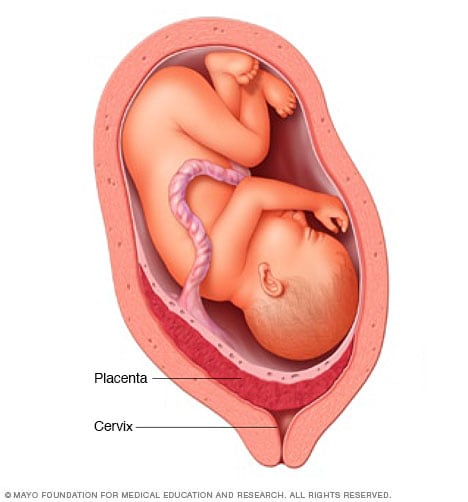
There are different ways that a woman can choose to deliver her baby. The two common forms of delivery is by vaginal birth or by caesarean section (C-section). Dr Choo Wan Ling shares insight into the risks and benefits of normal vaginal delivery and caesarean section.
Normal vaginal delivery, as the name suggests is the usual route of delivery for pregnancy without complications. It also encompasses vaccum/forceps deliveries as these are assisted techniques to help ensure a safe delivery of the baby through the vaginal.
Childbirth, of course, does come with some sacrifices on the mother’s part. As the baby passes through the birth canal, there is bound to have some damage to the pelvic floor muscles which help to control our anal, urethral and vaginal tone. Women who go through vaginal births do have an increased risk of urinary and anal incontinence (loss of control). The risk can be reduced with regular pelvic floor exercises.
However, the recovery process for a vaginal delivery is much faster compared to a caesarean section.
During the labour process, there is a chance when an emergency caesarean section is necessary. Such occasion occurs when the cervix does not dilate with time, commonly known as prolonged labour or “failure to progress”, or when the fetus does not receive adequate amount of oxygen during labour, commonly known as fetal distress.
Besides emergency, caesarean section is also recommended in cases like:
1. Placenta Praevia (In cases when the placenta is blocking the cervix)
2. Malpresentaion (When a baby is in the wrong position for birth – breech, oblique or transverse lie)

3. Cephalopelvic Disproportion (When the baby is too big to fit through the mother’s pelvis)

The fetus is delivered via an abdominal incision. There is a risk of injury to neighbouring organs such as the bladder, intestines and blood vessels. The risk is small.
The recovery process tend to be a little longer for caesarean section. The skin incision heals in 1-2 weeks, however the muscle layers take about 2-3 months to heal. Hence, exercises and heavy lifting should be avoided during this period.
There is also a risk of deep vein thrombosis (clots in the leg veins) after a caesarean section, although the risk is <1%.
For the fetus, while it does not have to go through the ‘stress’ of labour during a caesarean, there is an increased risk of ‘wet lungs’ (an accumulation of fluid in the newborn’s lungs). However, this issue does resolve on its own. There is also a risk of lacerations if the baby is lying too close to the uterine wall when it is being incised.
The request for caesarean section (without medical indications) has been on the growing trend. The common reasons cited are due to the fear of vaginal delivery or labour pain. Even though epidurals can help to ease the pain during labour, many mothers are not receptive to the idea for fear of the needles or side effects. This usually arises after hearing the experiences from other mothers.
Some pregnant mothers are also worried that after hours of labour they might end up with a caesarean section, and thus, they would rather not go through the process of epidural. Although there is no guarantee that all pregnant mothers will delivery vaginally however, most will succeed. The risks of caesarean section should be carefully considered especially when there is no medical indication.
By Dr Choo Wan Ling
Obstetrician & Gynaecologist
Practice Address:
SOG – Choo Wan Ling Clinic for Women
6 Napier Road #08-14/15/16
Gleneagles Medical Centre
Singapore 258499
Tel: 6471 1233 Fax: 6471 1088
Website: www.sog.com.sg







